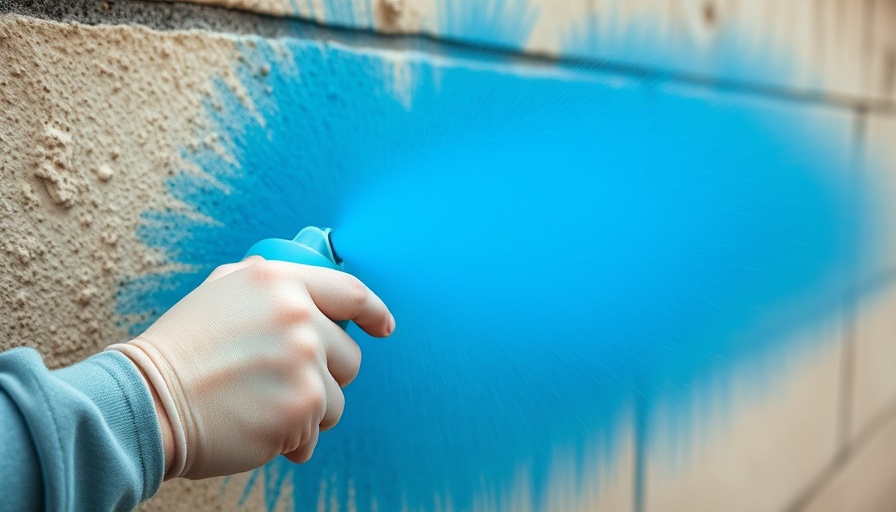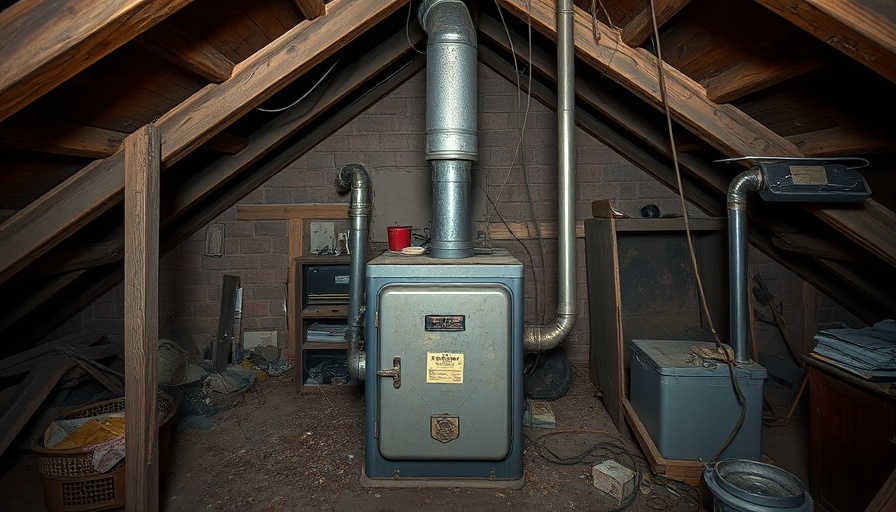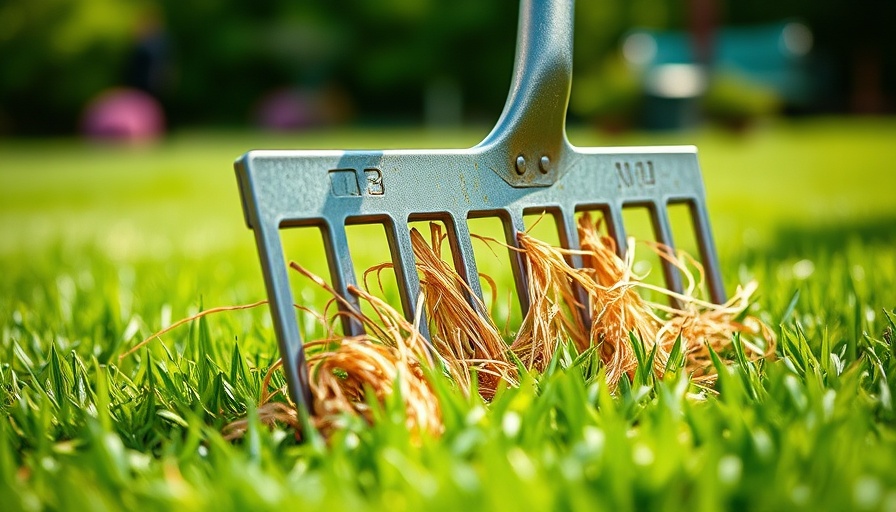
Mastering Spray Painting: Key Steps to a Flawless Finish
Spray painting may seem like an easy endeavor, yet achieving that perfect, smooth finish requires more than merely shaking a can and letting the paint flow. Whether you're revitalizing old furniture, jazzing up your home decor, or taking on a DIY project, a solid grasp of the fundamentals of spray painting will ensure professional results and help you sidestep common pitfalls.
The Right Paint for the Right Surface
Before you dive into a spray painting project, it’s crucial to choose the correct type of spray paint for your material. For instance, regular spray paints struggle to bond with plastic. However, brands like Krylon Fusion and Rust-Oleum 2x cater specifically to plastic surfaces, ensuring a robust adhesion. Selecting the appropriate paint guarantees your effort does not go to waste.
Less is More: The Importance of Light Coats
One of the golden rules of spray painting is to apply light, even coats. Applying paint too thick can result in unsightly runs and a textured appearance. Instead of haphazardly spraying paint, develop a systematic approach: start with vertical surfaces, followed by horizontal ones, allowing for adequate drying time in between coats. This method not only helps achieve an even layer but historically enhances the longevity of your finish.
Technique Matters: Overlap and Position
Be wary of covering each section with a proper strategy. An ideal overlap is about 50%, which prevents streaks caused by light and heavy paint spots. Additionally, avoid swinging the can back and forth; instead, keep the spray can parallel to the surface, maintaining a steady motion to ensure uniform coverage.
Tools for Comfort and Control
Have you ever felt sore fingers after spray painting? A trigger handle can alleviate discomfort, enabling greater control while spraying multiple cans of paint. By facilitating a more ergonomic grip, this simple addition translates into precise application and avoids finger fatigue.
Your Health First: Personal Protective Equipment
Don't overlook safety! Spray paints release fine mist and harmful solvents into the air, potentially jeopardizing your health. While outdoor facilities are ideal for reducing paint overspray—a breeze can disperse your work—many prefer indoors due to fewer obstacles. However, ensure adequate ventilation and always wear an organic vapor respirator to shield your lungs from harmful fumes and particles.
Future-Proofing Your Projects: Clean Up Tips
Cleaning up after your projects can make a significant difference in your future endeavors. Always ensure your paint is properly sealed and your tools are cleaned after use. When paint dries on your equipment, it not only compromises the quality of future projects but also adds an unnecessary layer of work to your next attempt. Setting aside time to clean your tools delivers long-lasting benefits.
Staying Informed About Spray Painting Trends
Keeping abreast of the latest trends in spray painting can enhance your skills and creativity. Social media platforms and DIY communities often showcase innovative techniques and new product launches. Participating in these networks can provide valuable insights and uncover unique ideas for your next project.
Conclusion: Getting Started on Your Spray Painting Journey
Spray painting can transform your DIY projects with vibrant finishes that enhance your home. By adhering to these foundational insights and practicing consistently, you can elevate your skills, ensuring not just great results but also a fulfilling creative experience.
Call to Action: Are you ready to take your spray painting game to the next level? Equip yourself with the right tools, strategies, and safety measures. Join the DIY community, share your experiences and connect with fellow enthusiasts to further enrich your journey!
 Add Row
Add Row  Add
Add 




Write A Comment